Abstract art is more than just decoration—it is an expression of emotion, movement, and thought. When incorporated into interior design, it can transform spaces, evoke moods, and create a dialogue between art and environment. But how does abstract art influence the way we design our spaces? What do we need to let go of in order to fully embrace it? And how can a minimalist approach enhance its presence? Let’s explore the profound relationship between abstract art and interior design.
The Influence of Abstract Art on Interior Spaces
Abstract art challenges conventional representation and invites interpretation. This fluidity extends into interior design, where abstract pieces can shape the atmosphere of a room. Bold compositions introduce energy and dynamism, while softer, muted tones create a sense of serenity. A well-placed abstract piece can define a room’s color palette, inspire furniture choices, and even dictate the layout.
When a space is designed with abstract art in mind, walls become more than boundaries—they turn into curated canvases that tell a story. This influence can be seen in:
- Color Schemes: Abstract paintings often inspire unique color combinations that dictate the room’s overall palette.
- Furniture Selection: Art can serve as the foundation for design choices, influencing materials, shapes, and textures.
- Spatial Flow: A dynamic painting might call for open space, allowing it to breathe and become a focal point.
What to Let Go of to Embrace Abstract Art
Incorporating abstract art into a space often requires a mindset shift. To fully allow the artwork to resonate, certain elements may need to be reconsidered or removed:
- Clutter: A crowded room can compete with the visual impact of abstract art. Simplifying the decor allows the piece to stand out.
- Overly Thematic Decor: Strictly themed interiors can sometimes clash with the organic nature of abstract compositions.
- Excessive Patterns: While texture is welcome, too many intricate patterns in furniture or wallpaper can overwhelm rather than complement abstract art.
- Rigid Symmetry: Abstract art thrives in asymmetry. Loosening the grip on rigid design rules allows for a more fluid and engaging space.
The Advantages of a Minimalist Lifestyle
Minimalism and abstract art share a common philosophy—both emphasize the power of space, simplicity, and emotion. Adopting a minimalist approach to interior design can enhance the presence of abstract art while also improving overall well-being. Some key benefits include:
- Enhanced Focus: With fewer distractions, the eye is drawn to the artwork, allowing deeper engagement with its forms and meanings.
- A Sense of Calm: A minimalist space promotes tranquility, reducing stress and increasing mental clarity.
- Versatility: A pared-down environment makes it easier to rotate or introduce new art pieces without disrupting harmony.
- Sustainability: A minimalist approach discourages excessive consumption, favoring quality over quantity.
Creating a Home That Breathes with Art
To design an interior that fully integrates abstract art, consider the following:
- Select a Statement Piece: Choose an artwork that resonates with you and let it inform your design choices.
- Balance Negative Space: Allow room for the artwork to breathe, ensuring it remains a focal point rather than an afterthought.
- Play with Contrast: Neutral walls can enhance bold art, while colorful spaces can harmonize with more subtle compositions.
- Embrace Texture and Light: Complementary materials and lighting can elevate the presence of the artwork, creating an immersive experience.
Conclusion: Living with Art, Living with Intention
Designing with abstract art in mind goes beyond aesthetics—it fosters an environment of creativity, expression, and mindfulness. By letting go of clutter and unnecessary distractions, we create a home that is both inspiring and soothing. Minimalism does not mean emptiness; rather, it is an intentional choice to give space for art, ideas, and emotions to flourish. In the end, living with abstract art is about embracing the beauty of the undefined, allowing colors and forms to shape our daily experience in unexpected ways.

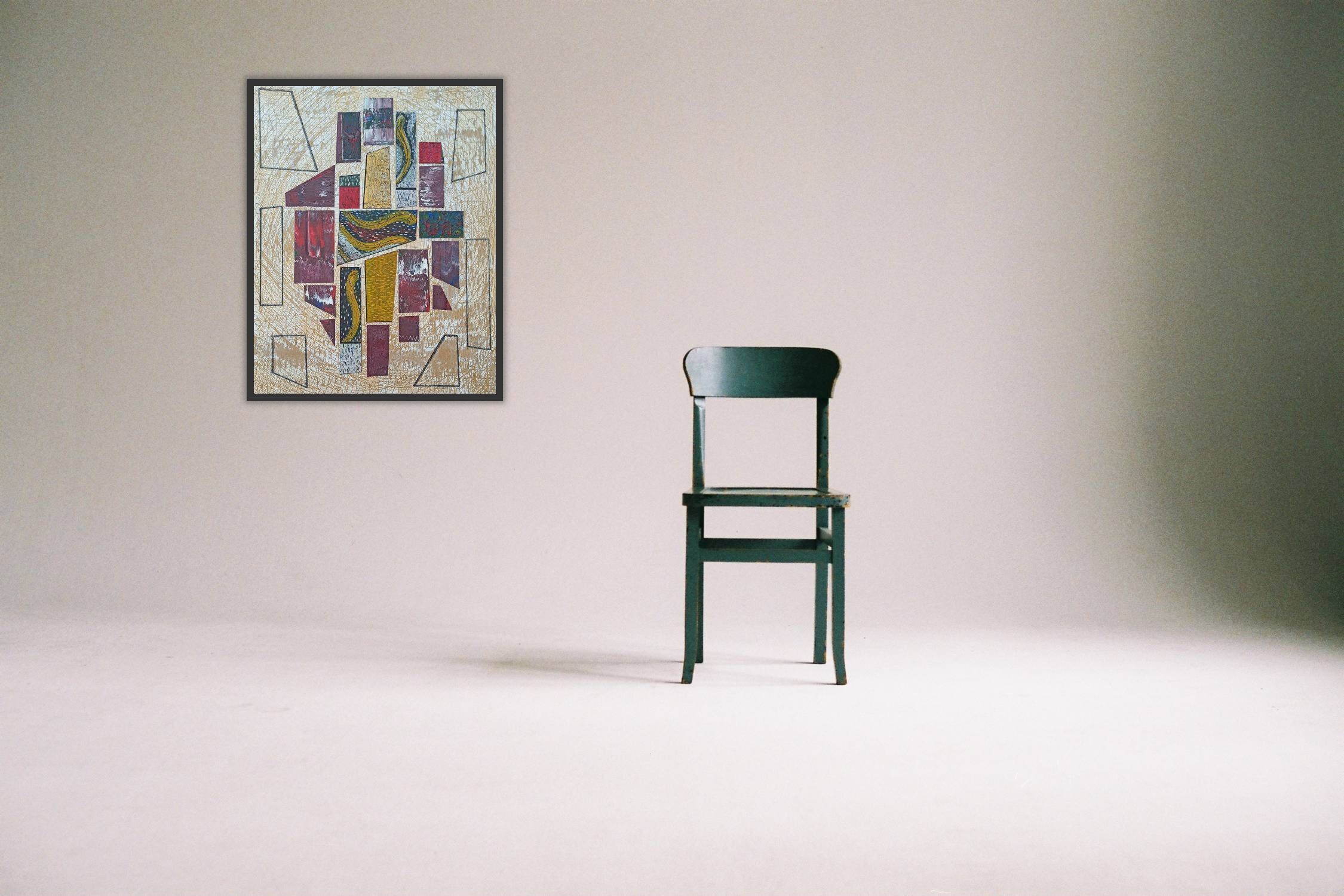
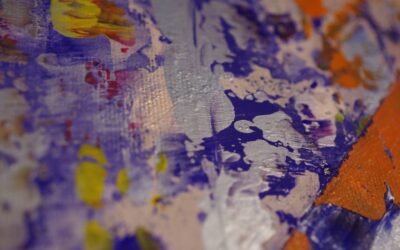
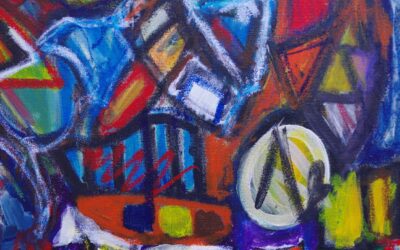
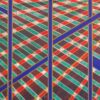
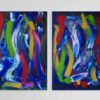
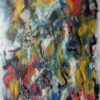
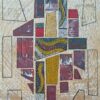
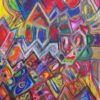
0 Comments